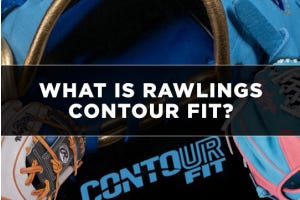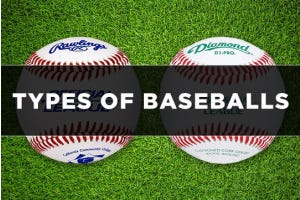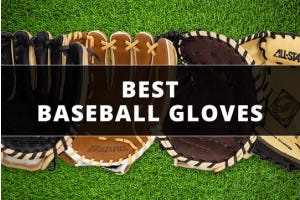Batting Helmet Buying Guide
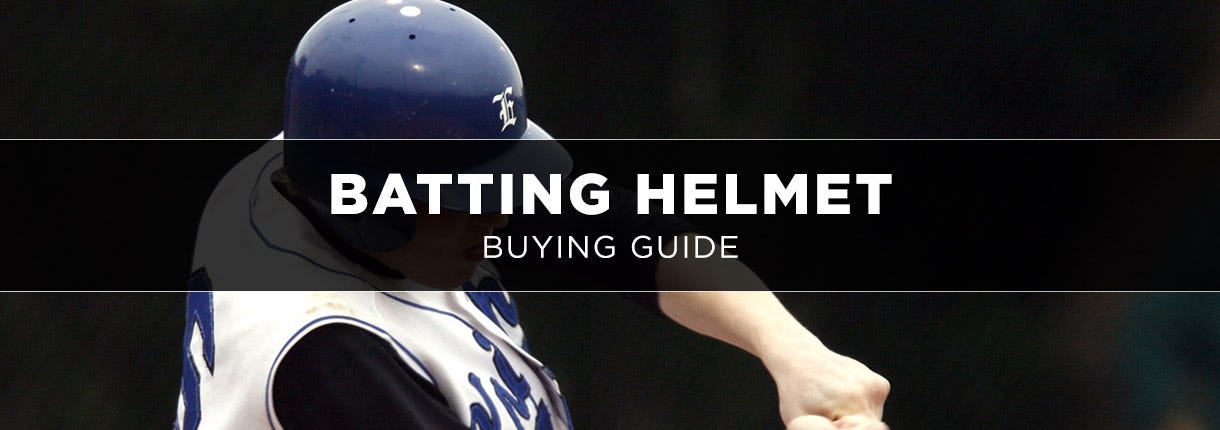
Baseball and softball can be dangerous sports to play, but buying and using the proper equipment ensures players are as protected as possible. When it comes to stepping into the batter’s box, the most important piece of gear you’ll have on is your batting helmet. Your helmet can prevent serious injury when you’re inside the batter’s box, running the bases, and even when you’re just standing in the on deck circle. You have many options to choose from, but when the time comes and you need to buy your helmet, several factors come into play. Price may be a concern, but keep in mind that the higher the price of a helmet, the better material it will be made from. The helmets on the higher end of the spectrum are made with high impact padding that helps with energy absorption, and a lot of times, they’re more comfortable. The less expensive helmets usually have bulky padding that will still absorb impact, but not to the same extent. Most importantly, you want the fit of your helmet to be snug, not loose, and it should be comfortable to wear. Read on for everything you need to know about buying your batting helmet. Buying a new batting helmet is a key decision to ensure you and your loved ones are staying safe while on the field. With this guide, you’ll learn:
- Why some helmets only cover one ear
- How to size someone for a baseball or softball helmet
- What is NOSCAE (National Operating Committee on Standards for Athletic Equipment)?
- What are softball face masks used for?
- What are batting helmet chin straps used for?
- Why do batting helmets look burnt?
Why Do Helmets Only Cover One Ear?
If you watch pro baseball or softball on TV or have been to live games, you’ve probably noticed that batting helmets usually only cover one ear. One exception to this is when a batter is what’s known as a switch hitter, meaning they bat with both their right and left hands. These players need earflaps to cover both ears during any given at bat. It’s easy to know which side the flap should be on:
- If you bat right handed, the flap is on your left ear.
- If you bat left handed, the flap is on your right ear.
- If you’re a switch hitter, you should have a flap on both ears or have two different helmets.
Double flapped helmets are required in most leagues below the professional level, including youth/little league, high school, and college. These helmets serve a dual purpose, providing protection not only at the plate, but also when running the bases. The flaps can protect you when running to first base, trying to steal bases, and when diving back into a base after a pick-off attempt. Helmets with earflaps can even be a lifesaver when you’re preparing for your at-bat in the on deck circle.
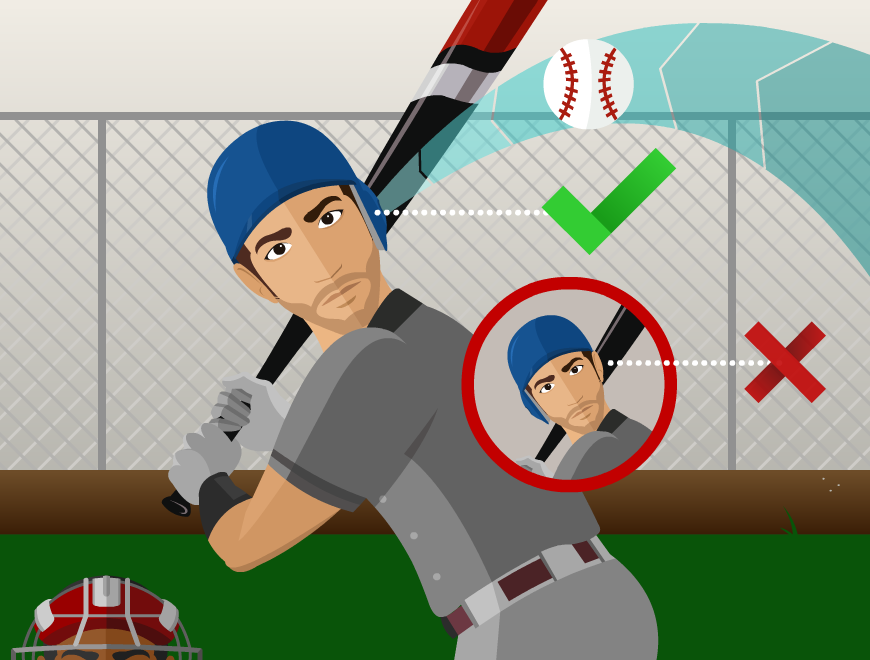
Baseball and Softball Helmet Sizing
Before you buy your batting helmet, you need to make sure you’re getting the right size. You want to find the right mixture between comfort and protection. If you don’t already know the size of your head, there’s a safe and easy way to determine what size helmet you need. To get the appropriate size batting helmet, simply take a cloth measuring tape and measure the circumference of your head right above your ears.
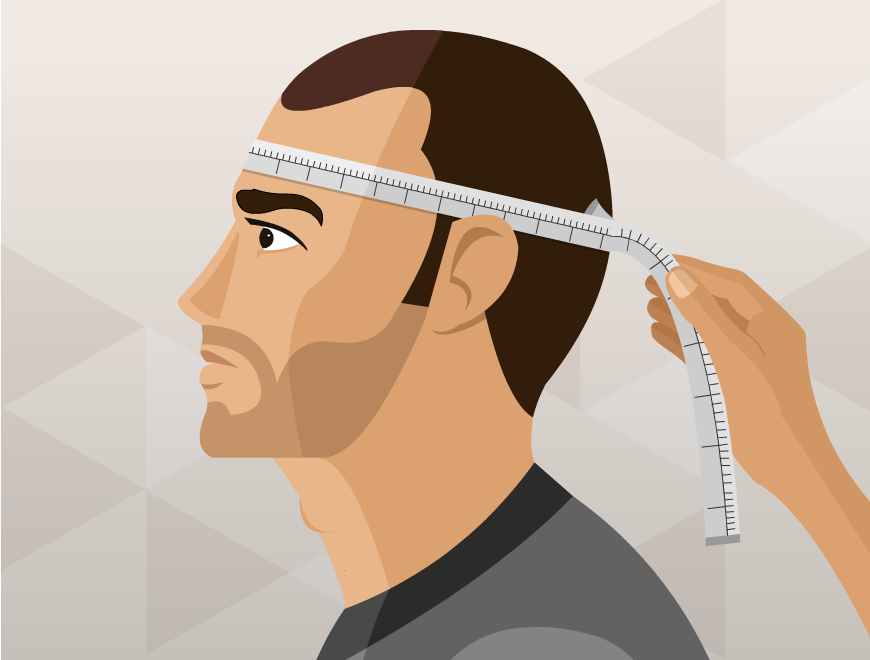
If your batting helmet is too big, you can buy a padding kit that will give you a better fit around your head. Keep in mind, though, you never want to buy a youth helmet bigger with the “room to grow” mentality. The last thing you want is a batting helmet that’s too big, which could either fall off or obscure a batter’s vision while trying to hit a fastball.
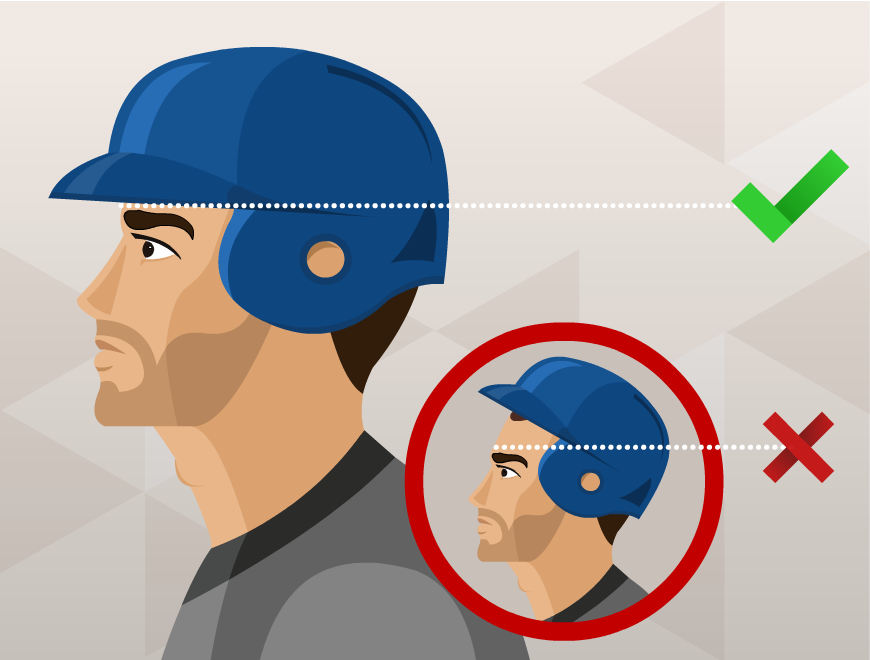
If you don’t know for sure if your helmet is too big for your head, there’s an easy way to check. After putting your helmet on, shake your head. If the helmet moves around too much, then it’s too big. This would be a time where you could still use the helmet if you purchase a padding kit to make sure you have a proper and snug fit.
A couple other important factors to keep in mind when looking at the fit of your helmet:
- For the best protection, you want to make sure the batting helmet sits 1 inch above your eyebrows.
- Helmets should never be pointed upwards or downwards. They should be on your head evenly. If the helmet is pointed up rather than parallel to the ground, it exposes your forehead to possible contact with the ball while batting or running the bases. If the helmet is facing downward, it exposes the back of your head.
NOCSAE

There are countless companies that make batting helmets for players of all ages and levels, but not all helmets are certified by the National Operating Committee on Standards for Athletic Equipment (NOCSAE). The NOCSAE rating is essential for any ball player’s safety, and you should make sure that any new helmet you buy has the certification sticker on it.
Softball Face Masks
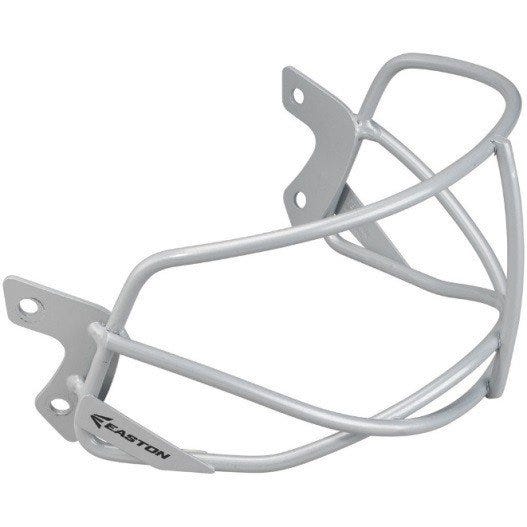
Softball players also need to keep themselves protected when playing the sport they love. There are separate face masks made specifically for softball players that attach to most batting helmets. When you buy your face mask, try to find one that’s the same brand as your batting helmet to ensure it fits perfectly without issue.
Batting Helmet Chin Straps
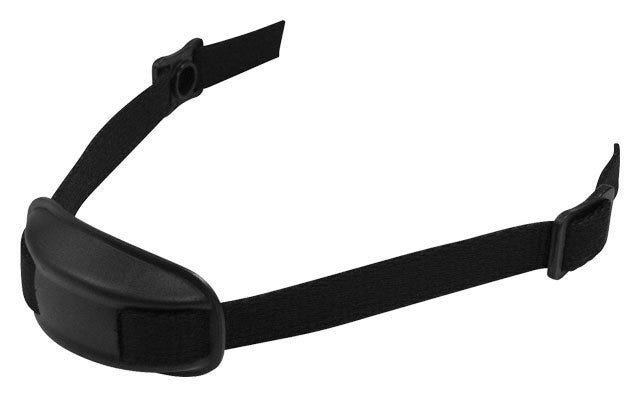
Chin straps on batting helmets are not seen at the professional level, but there are some leagues that require these for batting helmets. Chin straps usually don’t come with a batting helmet, so you may need to buy one separately. Just like with the face mask, when you’re buying a chin strap, look for one that’s made by the same manufacturer as your helmet.
Attaching a chin strap to your helmet is pretty simple. You’ll notice there are two button snaps on the front of the helmet on the lower corner of each side. The chin strap will snap onto these and give you added protection. Some people assume they can use straps from other sports on their baseball or softball batting helmet, but this is not the case. Chin straps that would be used on a football helmet usually contain extra straps that are not necessary for baseball or softball.
Why Do Batting Helmets Look Burnt?
Many fans who watch baseball and softball on TV often ask about the look of batting helmets. If you’ve ever wondered why batting helmets look burnt, there’s a simple explanation. Batting helmets worn by professional ball players aren’t burnt, but have this look because players rub pine tar on their bats, touch their bats, and then frequently re-adjust their helmets with their dirty hands. Some players even rub pine tar on their helmet to use as a backup in case they need to add more pine tar to their bat during an at-bat. By the end of a long season, this practice can lead to a faded, or burnt, look in the helmet.
Buying a batting helmet that fits properly is essential to making sure you’re safe in the game. Knowing what to look for and how to find the perfect fit is the first step. Keep in mind, from a safety standpoint, generally the higher the price, the better the helmet. Players in high school, college, and beyond should always look for a helmet with high-density foam, since the speed and force of the game at this level is much greater, meaning any impact to your head could be much more dangerous.





